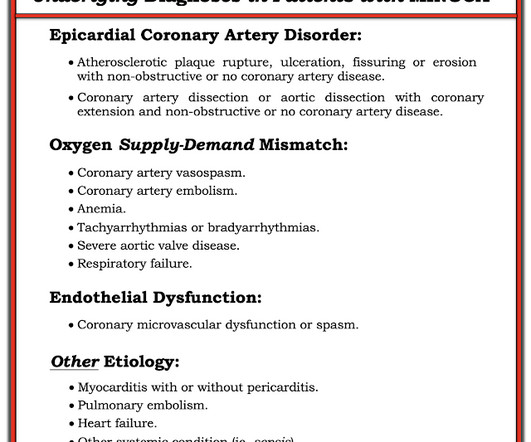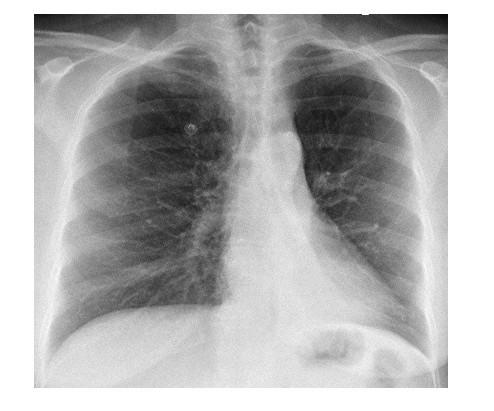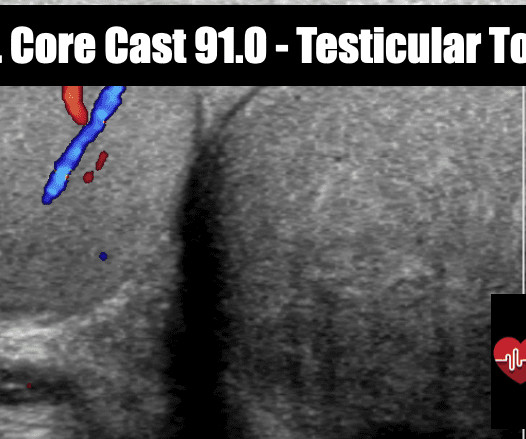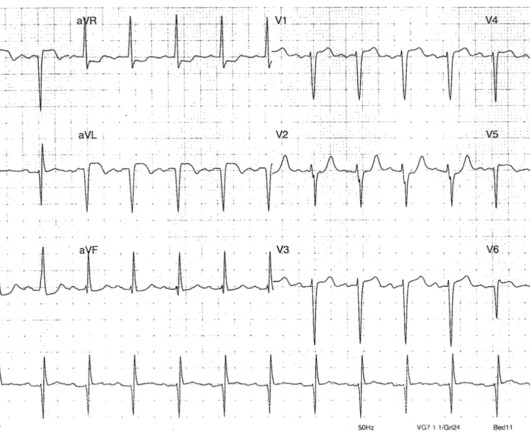Angioedema
EB Medicine
DECEMBER 1, 2022
In this episode, Sam Ashoo, MD, interviews Prayag Mehta, MD, and Nikola Milanko, MD, two of the authors of the October 2022 Emergency Medicine Practice article on Angioedema in the Emergency Department Pathophysiology: Non-pitting edema of respiratory or GI tract Histamine meditated, bradykinin mediated, or idiopathic Acquired, inherited, or idiopathic Do they present differently?




























Let's personalize your content